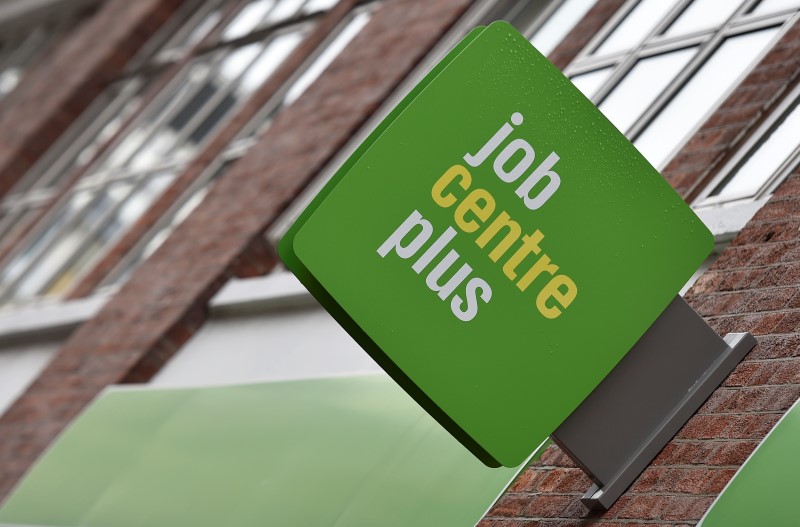Investing.com’s stocks of the week
Investing.com - The U.K.’s labor market tightened further at the start of 2019, despite evidence of a broad slowdown in the economy under pressure from Brexit-related uncertainties and broader concerns about global trade.
The U.K. unemployment rate held steady at a multi-decade low, while wage inflation, including bonuses, held steady, according to official data released Tuesday.
The unemployment rate remained unchanged at 4.0% in the three months to December, matching expectations. That was its lowest level since February 1975.
The number of people in work in the UK rose 167,000, more than the 152,000 expected.
The claimant count, which measures the change in the number of people claiming unemployment benefits, rose 14,200 in January from 20,800 in December.
Economists had forecast an increase of 12,300.
Average earnings, excluding bonuses, continued to rise at their fastest pace since the financial crisis over 10 years ago, jumping 3.4% in the three months to December. That was in line with forecasts and the revised rate registered through November.
Including bonuses, pay growth rose by an annual 3.4%, below expectations for a 3.5% gain. It increased 3.4% in November.
The Bank of England has pointed to rising wages and their upward pressure on consumer price inflation as part of its argument for the need for it to raise interest rates gradually, but escalating uncertainty with regard to the outcome of Brexit negotiations with the European Union has kept the central bank on hold.
In the most recent update to its forecasts, the central bank cut U.K. growth expectations due to Brexit and the slowdown in the global economy. Analysts said its latest projections implied two quarter-point rate rises over the next two years, one less than had been expected in November.
In the event of a no-deal Brexit, BoE economist Gertjan Vlieghe said recently he expected the BoE would keep interest rates on hold for quite a long time or even cut them to help the economy."
